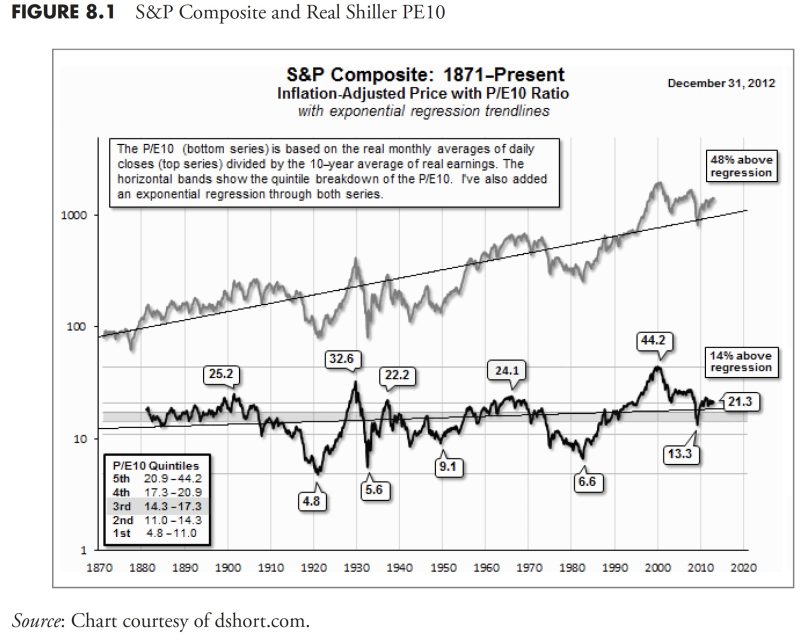
Unlocking the Mysteries of Modern Finance: Part 11 – The Intricacies of Valuations, Returns, and Distributions
As we delve deeper into our expose of Modern Finance, the eleventh part of the series gives us an insightful understanding of the somewhat murky areas of valuations, returns, and distributions, which are critically important aspects of finance that often lead to misconceptions and false beliefs.
The first part of our discourse starts by debunking some myths about valuations, which lie at the heart of several financial decisions. Valuation is a process used to determine the current worth of an asset or a company. Traditionally, the valuation methods include comparable company analysis (CCA), discounted cash flow analysis (DCF), and precedent transaction analysis. However, these methods have their drawbacks as they are based on assumptions rather than verified facts.
The common misconception is that these traditional methods provide an absolute and unarguable value for the different financial assets. However, these figures should not be taken as gospel but rather, a range of estimated values subject to inherent uncertainties. The DCF method, for instance, is based on unverifiable assumptions about future cash flows and discount rates that are subject to changes. Similarly, CCA and precedent transaction analysis may not factor in the unique circumstances surrounding the business or asset in question. The biggest hoax here is the false certainty in these valuations, prompting investors to make decisions based on potentially skewed data.
Next, we explore returns, an aspect of finance shrouded in a veil of high expectations and misrepresented realities. Returns, which are essentially the gains or losses made from an investment, are often used as a benchmark for the success of an investment. The common myth here is that high-return investments are inherently risky and low-return investments are safe.
The truth is, there is no surefire formula to guarantee high returns. Each investment carries a certain degree of risk and the potential for return should be weighed against this risk. Investors are often caught off guard by unexpected market behavior due to their over-reliance on past performance, a failed strategy, as past performance is not always indicative of future results. Therefore, the hoax lies in the promise of guaranteed high returns, which, in reality, is a rarity.
Finally, the third aspect we consider is that of distributions – a concept often misunderstood by investors. Distributions refer to a company’s payment of stock, cash, or physical products to its shareholders. Many investors view distributions as a sign of a company’s good financial health, but it’s not always the case.
Often, companies may maintain or increase their distributions purely as a public relations move, to appear financially healthy and profitable to their shareholders. In reality, distributing profits can sometimes indicate that the company doesn’t have a strategic plan to reinvest its earnings for growth. Thus, the hoax here is the misperception that high distributions always signal a profitable and healthy company, which could lead investors into a financial trap.
In summary, the world of finance is layered with misconceptions and hoaxes, particularly in areas of valuations, returns, and distributions. It’s essential for investors to penetrate these myths with deep understanding and scrutiny. Recognizing that valuations are merely estimations rather than hard facts, acknowledging that high returns are never a guarantee, and realizing that substantial distributions do not always symbolize a healthy company, will pave the way for more informed financial decisions.
